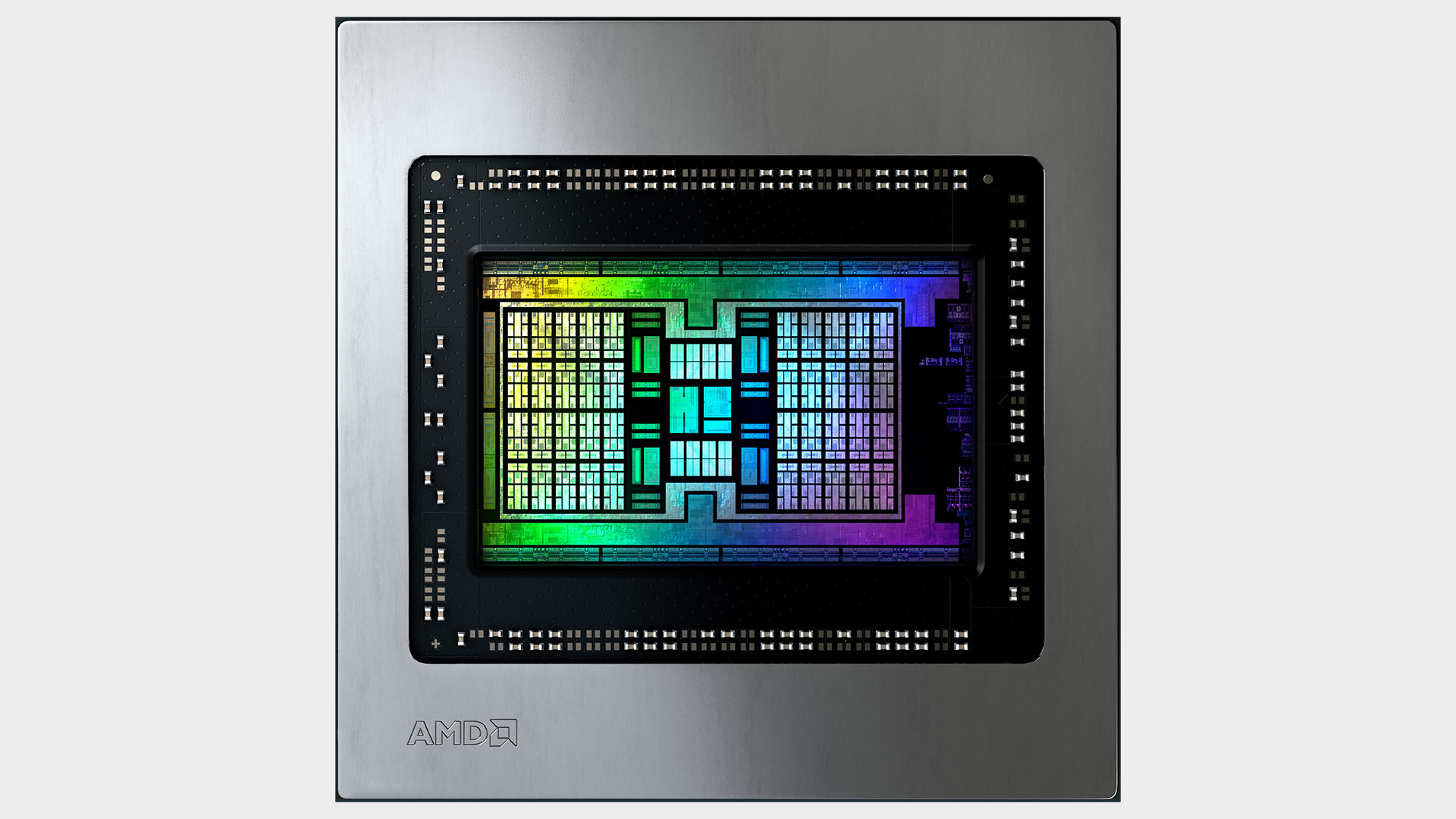

- Workplace xt image viewer pro render image issues full#
- Workplace xt image viewer pro render image issues code#
Korshunov and Ebrahimi's work is more interesting. This method can improve accuracy of inverse tone-mapping model, thus obtained higher SSIM of reconstructed HDR images. designed template-based inter layer prediction in order to perform the inverse tone mapping of a block without transmitting any additional parameter to the decoder. This method has positive effect on bit rate saving at low bit rate lossy compression of LDR images. They defined noise bias as the mean of the noise in the same observed pixel value from different original values, and compensated it according to an observed pixel value. used noise bias compensation to reduce variance of the noise. It is also proved that the quantization algorithm can improve the performance on several existing two-layer encoding methods. This method can significantly enhance the amount of details preserved in the extension layer, and therefore improve the encoding efficiency. Khan proposed a non-linear quantization algorithm aiming at reducing data volume of the extension layer. Although the JPEG XT standard promotes the development of HDR imaging technology and is widely accepted, still there is much room for improvements. The LDR version of the image and the original HDR image are related by a tone-mapping process that is not constrained by the standard and can be freely defined by the encoder.
Workplace xt image viewer pro render image issues code#
Therefore, legacy applications can reconstruct an 8-bit/sample LDR image from any JPEG XT code stream. While offering new features such as lossy or lossless representation of HDR images, JPEG XT remains backward compatible with the legacy JPEG standard. The JPEG XT standard aims to provide higher bit depth support that can be seamlessly integrated into existing products and applications. JPEG committee proposed JPEG XT standard (ISO/IEC 18477), which is a JPEG compatible HDR image compression scheme. As a result, an HDR image compression algorithm should provide JPEG compatibility to users only who have JPEG decoder. For most users, if they only have JPEG decoder on their devices, they will not know any information about the HDR content. For this reason, more and more researches have focused on this field.Īlthough some researchers are interested in HDR only compression schemes, the most popular image compression technique is still JPEG (ISO/IEC 10918). So the compression method targeting for HDR images is in great need. But a primary drawback of HDR images is that memory and bandwidth requirements are significantly higher than conventional ones. HDR images can improve quality of experience in most of multimedia applications, such as photography, video, and 3D technology.

The general solution for this problem is to use a tone-mapping operator (TMO) that converts HDR to LDR images, thus any LDR device can display the tone mapped version of HDR images. But for now, most existing output devices can only show LDR images. Instead of conventional output devices, displaying HDR images requires high-bit-depth output devices. High dynamic range (HDR) images provide a wider luminance range compared to LDR images, and they are closer to human visual system (HVS). Their pixel values range from 0 to 255, and the ratio of max luminance to min luminance is 255, which may not reflect the real world exactly. Most of the digital images we can see on the Internet are called low dynamic range (LDR) images. Moreover, our proposed method offers the JPEG compatibility at the same time. Extensive experimental results show that our method outperforms JPEG XT profile A, B, C and other state-of-the-art methods. The compression quality is adaptive to the saliency of the coding region of the image.

The saliency map of tone mapped HDR image is first extracted, then it is used to guide the encoding of extension layer. In this paper, a visual saliency-based HDR image compression scheme is proposed.
Workplace xt image viewer pro render image issues full#
However, this method does not make full use of HVS, causing waste of bits on imperceptible regions to human eyes. The base layer code stream provides JPEG (ISO/IEC 10918) backward compatibility, while the extension layer code stream helps to reconstruct the original HDR image. It decomposes an input HDR image into base layer and extension layer.

Recently, JPEG committee releases a new HDR image compression standard JPEG XT. With wider luminance range than conventional low dynamic range (LDR) images, high dynamic range (HDR) images are more consistent with human visual system (HVS).


 0 kommentar(er)
0 kommentar(er)
